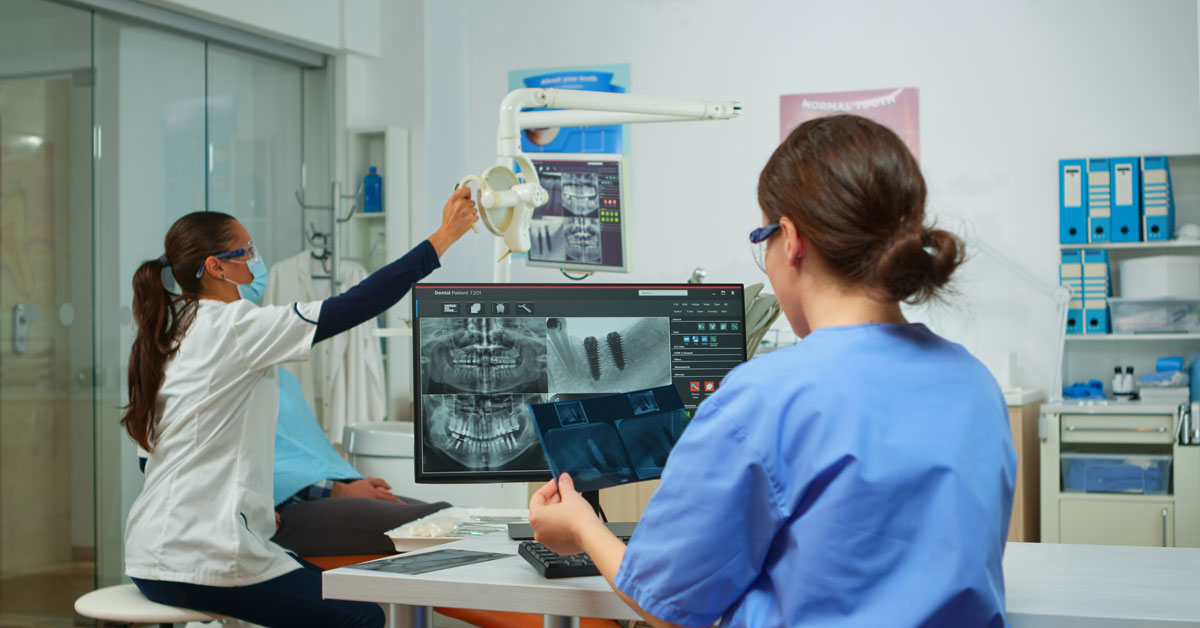Elevating Physician Efficiency and Patient Care through Expert Medical Scribe Services
Medical scribe services have become increasingly popular in recent years, as healthcare providers seek to streamline their workflows and improve the accuracy of their clinical documentation. A medical scribe is a trained professional who works with healthcare providers to document patient encounters in real-time. In this article, we’ll explore the benefits of medical scribe services and how they can improve patient care.
One of the primary benefits of medical scribe services is that they can improve the accuracy and completeness of clinical documentation. Healthcare providers often struggle to keep up with the demands of clinical documentation while also providing quality care to their patients. By working with a medical scribe, providers can focus on patient care while the scribe takes care of documenting the encounter. This can help ensure that documentation is accurate, complete, and timely.
Another benefit of medical scribe services is that they can help reduce the risk of errors and omissions in clinical documentation. Inaccurate or incomplete documentation can lead to serious consequences for patients, such as incorrect diagnoses or treatment plans. By having a medical scribe present during patient encounters, healthcare providers can be confident that all relevant information is being captured accurately.
Medical scribe services can also help improve the efficiency of healthcare delivery. Providers who work with a medical scribe can see more patients in a shorter amount of time, as the scribe takes care of documentation tasks. This can help reduce wait times for patients and improve patient satisfaction. In addition, medical scribe services can help reduce administrative burdens for healthcare providers, allowing them to focus on patient care rather than paperwork.
Medical scribe services can also help support healthcare providers in providing high-quality care. By taking care of documentation tasks, medical scribes can free up providers to focus on building rapport with their patients, listening to their concerns, and developing personalized treatment plans. This can help improve patient outcomes and satisfaction, as patients are more likely to adhere to treatment plans when they feel heard and understood by their healthcare providers.
Overall, medical scribe services offer a range of benefits to healthcare providers and patients alike. By improving the accuracy and completeness of clinical documentation, reducing the risk of errors and omissions, improving efficiency, and supporting high-quality care, medical scribes can help improve the overall quality of healthcare delivery. As healthcare continues to evolve, it’s likely that medical scribe services will become an increasingly important component of healthcare delivery, helping to support healthcare providers in providing the best possible care to their patients.





